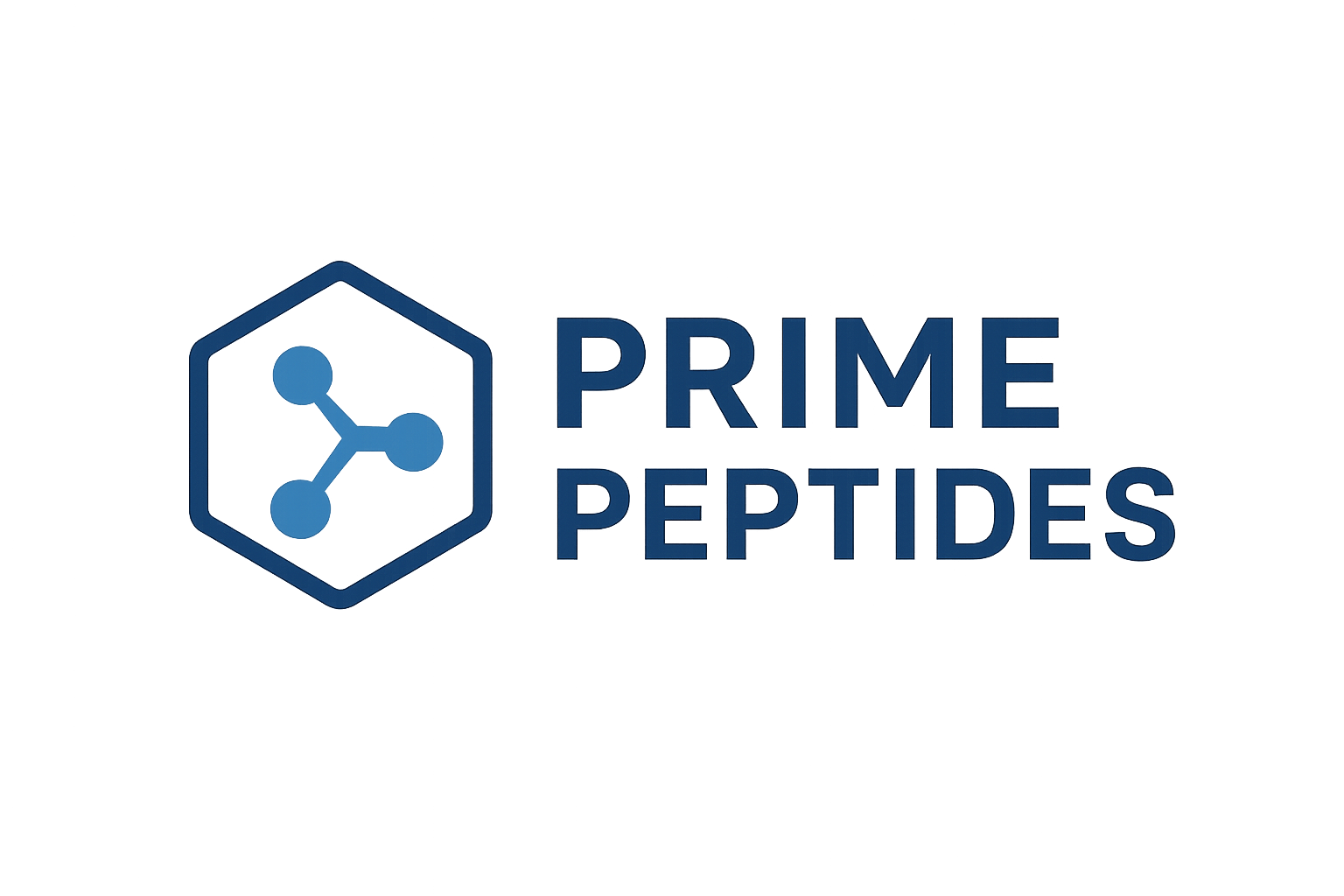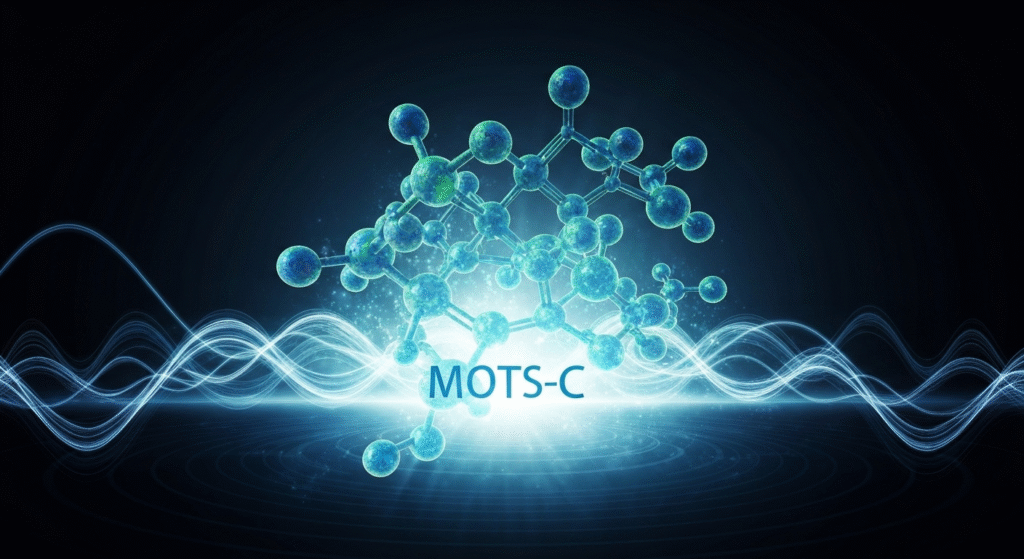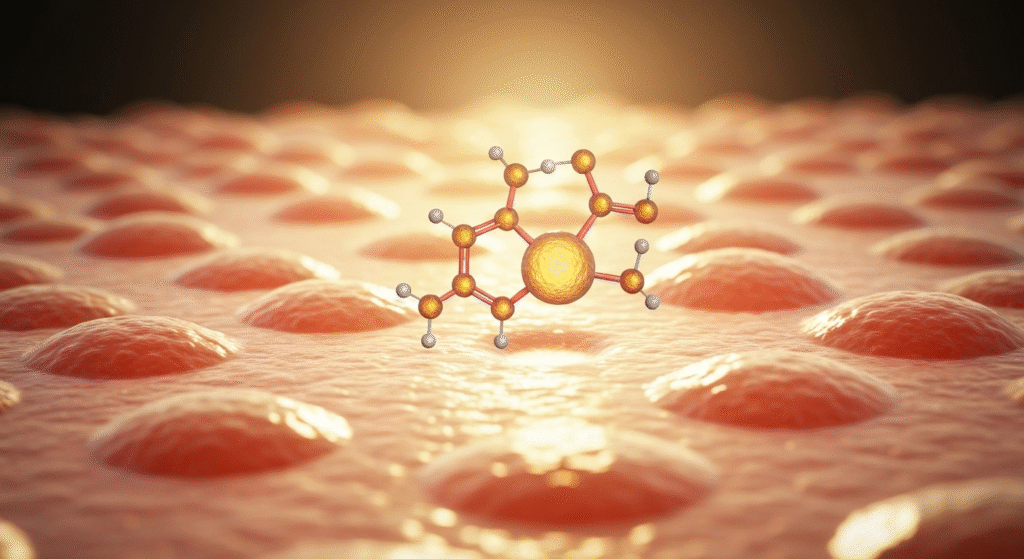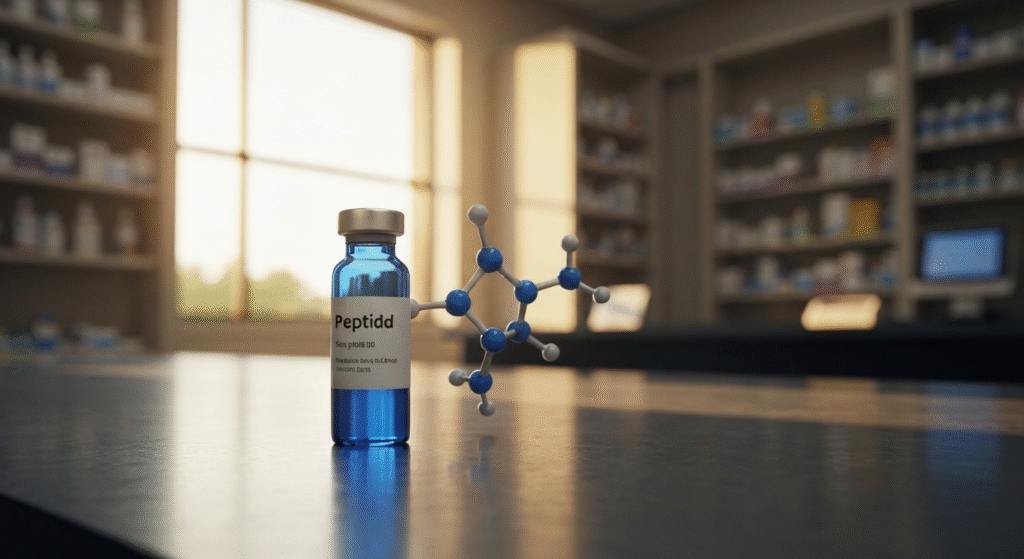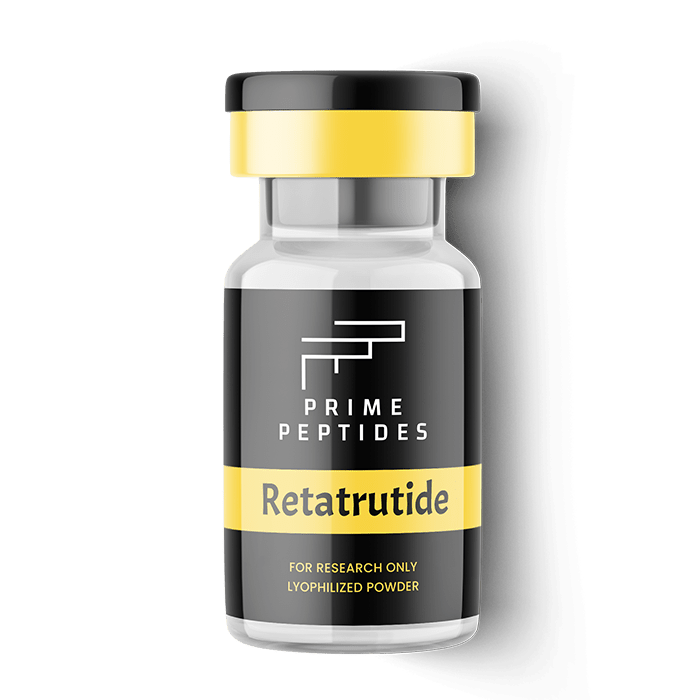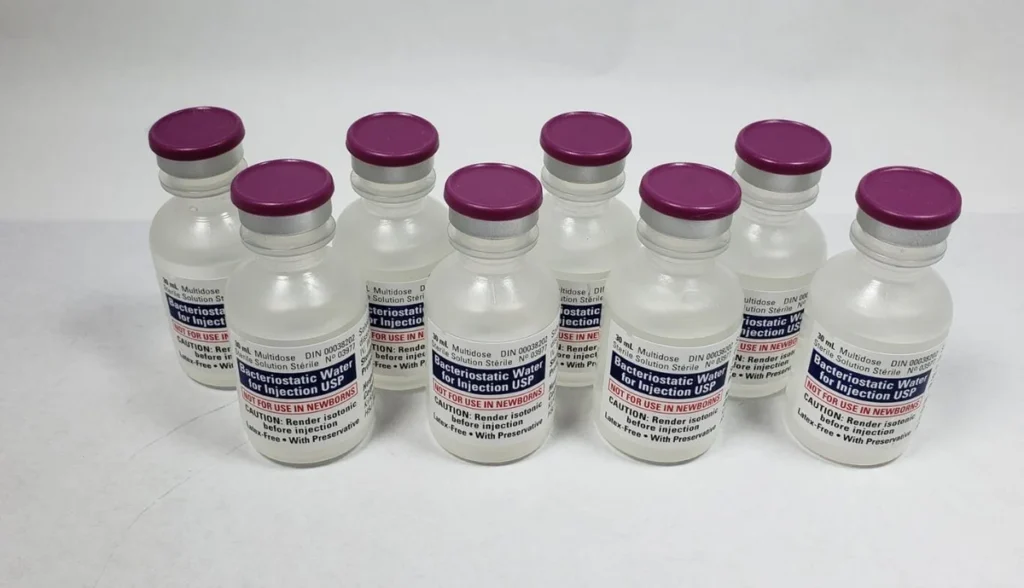Unlocking MOTS C Benefits for Women Weight Loss Success
MOTS C Benefits for Women Weight Loss MOTS C Benefits for Women MOTS C Benefits for Women Weight Loss. Are you looking for a new way to support your weight loss journey? The world of women’s wellness is buzzing about a unique peptide called MOTS-c. Unlike other supplements, MOTS-c originates from the mitochondria, the powerhouses of your cells. By targeting your body’s core metabolic processes, it offers a fresh approach to managing weight and boosting energy. This peptide’s ability to influence mitochondrial function is opening new doors for women who want to achieve their health goals effectively and sustainably. Understanding MOTS-c and Its Role in Women’s Wellness MOTS-c is a fascinating peptide coded by mitochondrial DNA, and it’s gaining attention for its powerful influence on energy metabolism. It acts as a signaling molecule, helping your body maintain metabolic homeostasis, which is crucial for managing weight and overall health. For women, harnessing its effects could be a game-changer in achieving wellness goals. Understanding how these mitochondrial peptides work is the first step toward appreciating their potential. Let’s explore what MOTS-c is, how it functions within your body, and why it stands out in the landscape of women’s health and weight management. What Is MOTS-c? MOTS-c, short for Mitochondrial Open Reading Frame of the 12S rRNA Type-C, is a small peptide made of 16 amino acids. What makes it special is that it’s encoded in the genome of your mitochondria, not the nucleus like most proteins. This direct link to the cell’s energy centers gives it a unique role in regulating your body’s metabolic processes. This amino acid peptide is highly conserved across species, including humans, which suggests it has a fundamental and important function. Primarily, it’s known to respond to metabolic stress. When your body is under stress, MOTS-c can move from the mitochondria to the nucleus to help regulate gene expression, promoting cellular balance and resilience. This function is a key reason behind the main MOTS-c benefits for women weight loss. By helping your cells manage stress and optimize mitochondrial function, MOTS-c supports a more efficient metabolism, creating a foundation for effective and sustainable weight management. How MOTS-c Works in the Body So, how does MOTS-c actually influence your metabolism? Its primary mechanism involves the activation of a key metabolic regulator called AMP-activated protein kinase (AMPK). Activating AMPK is like flipping a switch that tells your cells to ramp up energy production and start burning fuel more efficiently. This process is central to how MOTS-c affects fat-burning in women. One of the most important targets of MOTS-c is your skeletal muscle. Since muscles are responsible for a large portion of your body’s glucose metabolism, improving their function can have a massive impact on your overall metabolic health. MOTS-c enhances the ability of skeletal muscle to take in and use glucose, which helps regulate blood sugar and improve insulin sensitivity. Beyond this, MOTS-c also influences nuclear gene expression, especially during times of metabolic stress. This means it can direct your cells to adapt and maintain balance, supporting everything from energy production to cellular repair. These combined actions make it a powerful agent for metabolic regulation. The Importance of Mitochondrial Peptides for Women’s Health Mitochondrial peptides, or MDPs, like MOTS-c are a newly discovered class of bioactive molecules that are changing our understanding of cellular communication. These peptides act as messengers, allowing mitochondria to communicate within the cell and with other cells throughout the body. This signaling is vital for maintaining a healthy metabolic function. For women, mitochondrial health is especially important, as mitochondrial dysfunction is linked to many age-related issues and metabolic slowdowns. When mitochondria don’t function properly, it can lead to increased oxidative stress, inflammation, and difficulty managing weight. MDPs can help counteract these problems by supporting mitochondrial biogenesis (the creation of new mitochondria) and protecting cells from damage. This is where the benefits of MOTS-c for women become clear. By improving mitochondrial health, MOTS-c helps address the root causes of metabolic dysfunction. This not only supports weight loss but also contributes to better energy, vitality, and healthier aging, making it a holistic tool for women’s wellness. MOTS-c vs Other Peptides Used for Weight Loss When considering bioactive peptides for weight loss, it’s helpful to understand what sets MOTS-c apart. Many weight loss treatments, including some peptides and drugs like metformin, work through various pathways. However, MOTS-c has a unique origin and mechanism that offers distinct advantages, particularly for tackling metabolic diseases. MOTS-c’s primary action is on mitochondrial function and skeletal muscle insulin sensitivity. This direct targeting of the body’s core energy systems is what makes it so effective. A major benefit highlighted in research is its favorable safety profile; for instance, it appears to avoid the liver toxicity associated with some other metabolic drugs. Here is a simple comparison to illustrate how MOTS-c stands out: Feature MOTS-c Other Common Weight Loss Agents Primary Target Skeletal muscle and mitochondrial function May target appetite, other metabolic pathways, or fat cells directly Mechanism Activates AMPK pathway, improves glucose uptake, regulates gene expression Varies widely; may include appetite suppression or different enzymatic actions Origin Encoded by mitochondrial DNA Synthetically created or derived from other biological sources Key Benefit Directly improves insulin sensitivity and cellular energy metabolism Often focused on calorie reduction or general fat burning Exploring MOTS C Benefits for Women The potential of MOTS-c for women extends beyond simple weight management. Its deep impact on energy metabolism can transform physical performance, vitality, and overall well-being. By optimizing how your body produces and uses energy at a cellular level, MOTS-c offers a range of benefits that are particularly valuable for women navigating different life stages. Are you curious about what this peptide can specifically do for you? Let’s break down the key MOTS-c benefits for women, from accelerating weight loss and enhancing fat-burning to improving the appearance of hair and skin and boosting your daily energy. MOTS-c Benefits for Women Weight Loss One of the most compelling MOTS-c benefits for women is
